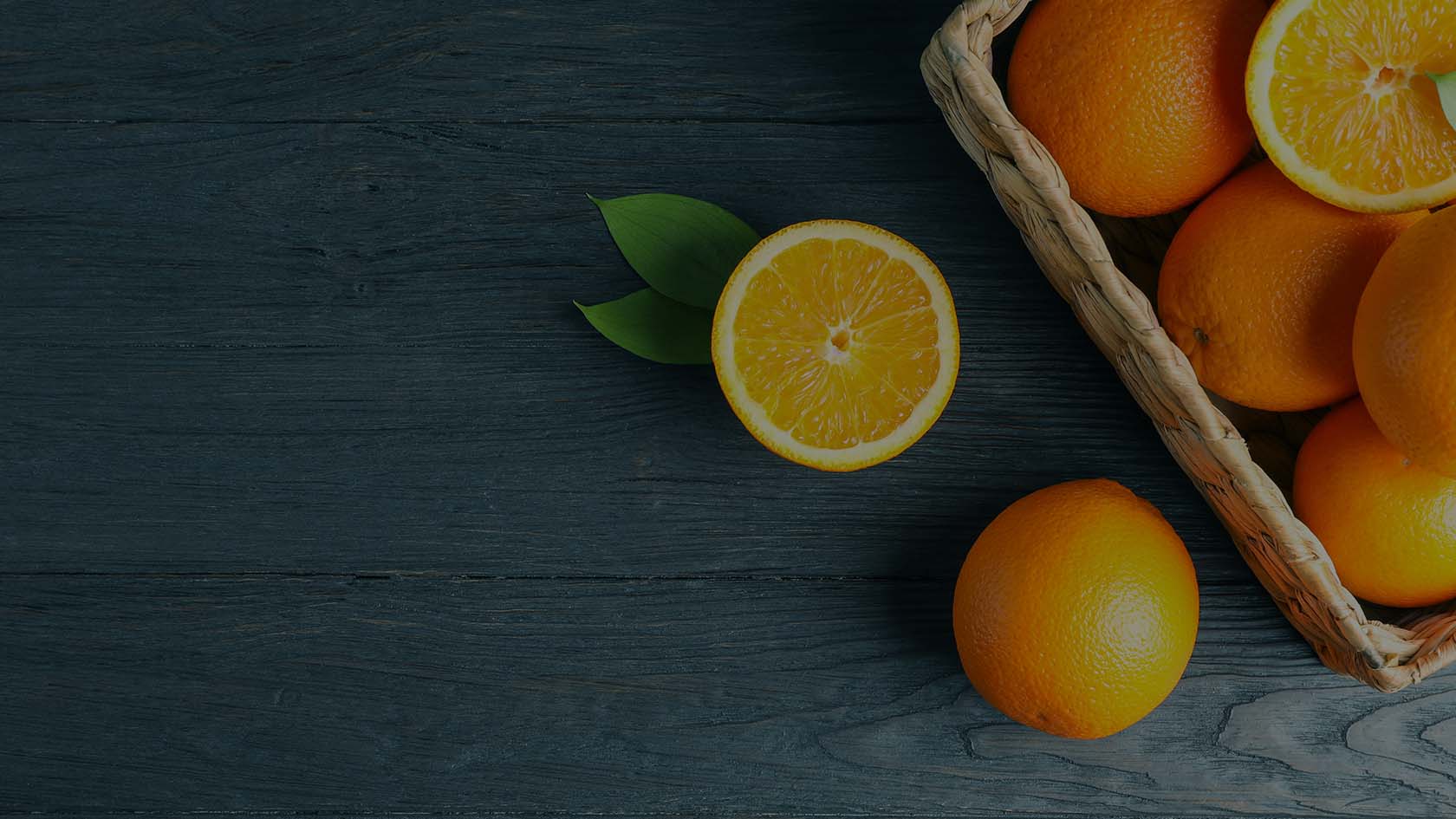The demand for fresh oranges and to produce various drinks and juices is increasing or maintained in all continents. The profitability of this crop makes many growers decide to choose it as a crop. Find out more about how to grow these fruits and how i-Plant Nutrition can help you to increase the number and quality of oranges per tree in your crop. How to grow oranges
 Know more about this plant species
The oranges are the fruit of species and hybrids of trees belonging to the genus Citrus. These are
evergreen trees originally from Asian tropical regions but well introduced all around the world
nowadays. The different varieties can be segregated into two groups according to the type of fruit they
produce. On one hand, the varieties with sweet fruits (species Citrus sinersis) are the ones more
demanded human consumption. On the other hand, the Citrus aurantium trees present bitter fruits and are
widely used as the main plant in grafting.
Know more about this plant species
The oranges are the fruit of species and hybrids of trees belonging to the genus Citrus. These are
evergreen trees originally from Asian tropical regions but well introduced all around the world
nowadays. The different varieties can be segregated into two groups according to the type of fruit they
produce. On one hand, the varieties with sweet fruits (species Citrus sinersis) are the ones more
demanded human consumption. On the other hand, the Citrus aurantium trees present bitter fruits and are
widely used as the main plant in grafting.
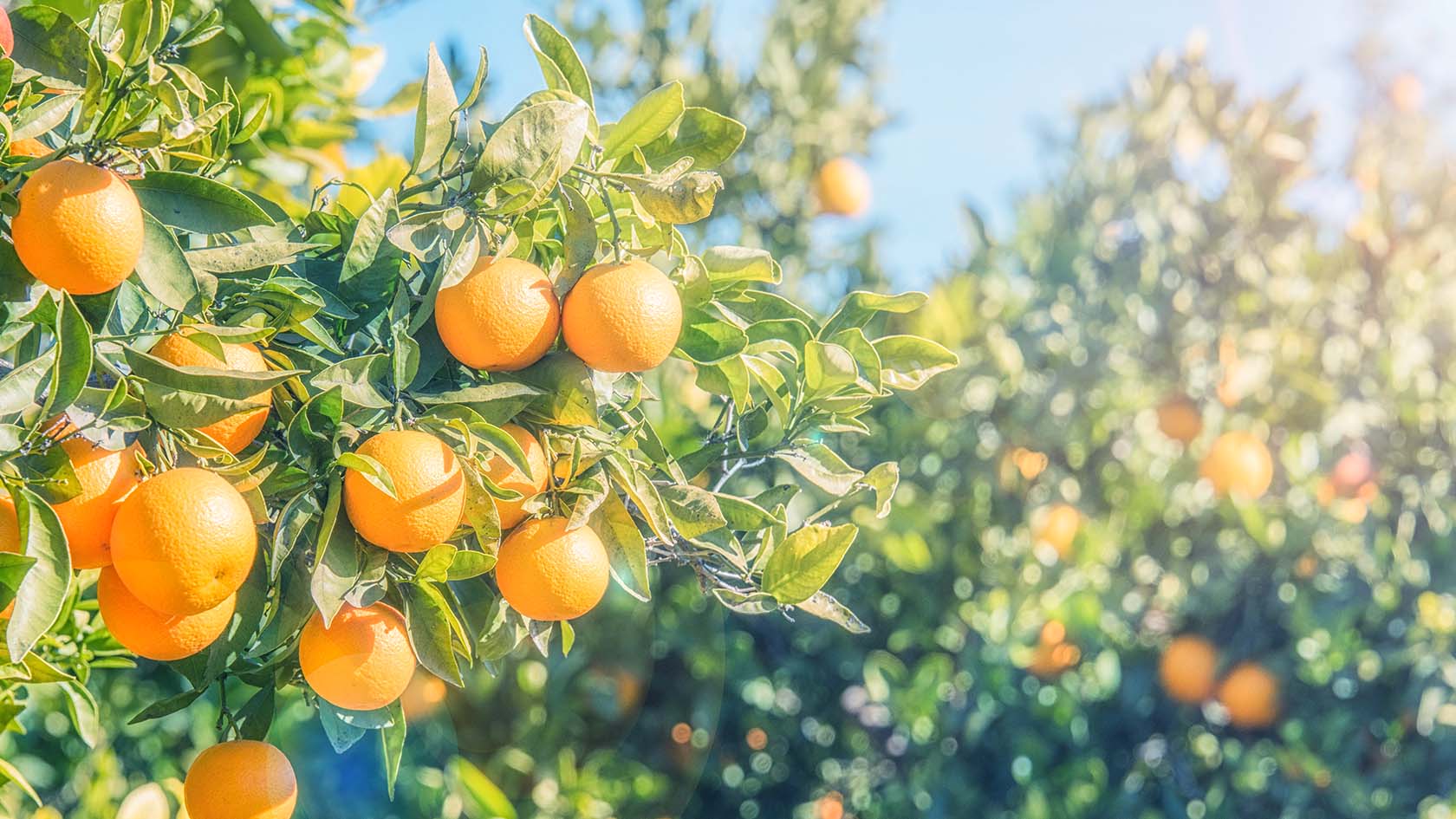 The sweet fruits present formidable nutritional values, highlighting a high amount of vitamin B3,
vitamin B5 and vitamin C of which it provides 53.2 mg per 100 g. It means that a single piece of fruit
gives us more than 50% of the vitamin C recommended daily intake.
The sweet fruits present formidable nutritional values, highlighting a high amount of vitamin B3,
vitamin B5 and vitamin C of which it provides 53.2 mg per 100 g. It means that a single piece of fruit
gives us more than 50% of the vitamin C recommended daily intake.

The life cycle of the orange tree may depend on the variety, but between five to eighteen months the tree continuously grows to form new branches and expanding its size. However, for the first 2 to 3 years there is no fruit production. That is why the orange trees are rarely grown from seeds but directly obtain mature plants from a nursery garden. Its productive life starts between 5 to 7 years after germination until it reaches a maturity point in which the tree is not growing anymore but is in a stage of full production. Each tree in your plantation can produce flowers and fruits even 30 years from germination if it’s well cared. We can guide you to obtain the best efficiency with a personalized fertilization program you can find in i-Plant Nutrition software. In the right conditions, these trees can grow up to 10 meters high. The flowers are produced annually in spring and the harvesting of the fruits starts late in October until May. Even if the orange blossoms are self-fertile, bees are the most important carriers of pollen, increasing the production together with the pollen wind transportation and other small pollinating insects. At some point, after several cycles, the production will decrease and diseases, parasites and viruses will destroy the old trees in their last stage. Edaphoclimatic requirements The climate is responsible for the success and the quality of the fruits while the water and soil determine the productivity of the orange trees. Temperatures are maintained under 0 °C for long periods have dramatic consequences since warm temperatures are prefered. Related to the type of soil, those trees prefer light to medium textured soils and well-drained. Even if they can tolerate pH from 4,5 to 8, the highest production is achieved in soils with pH 5,5 to 6,5. In terms of watering, scientific experiments have been carried out to compare surface drip irrigation vs. sub-surface drip irrigation but there were no found differences in terms of physiological, biological and productive responses. Both watering systems were favourable, always avoiding water puddles.
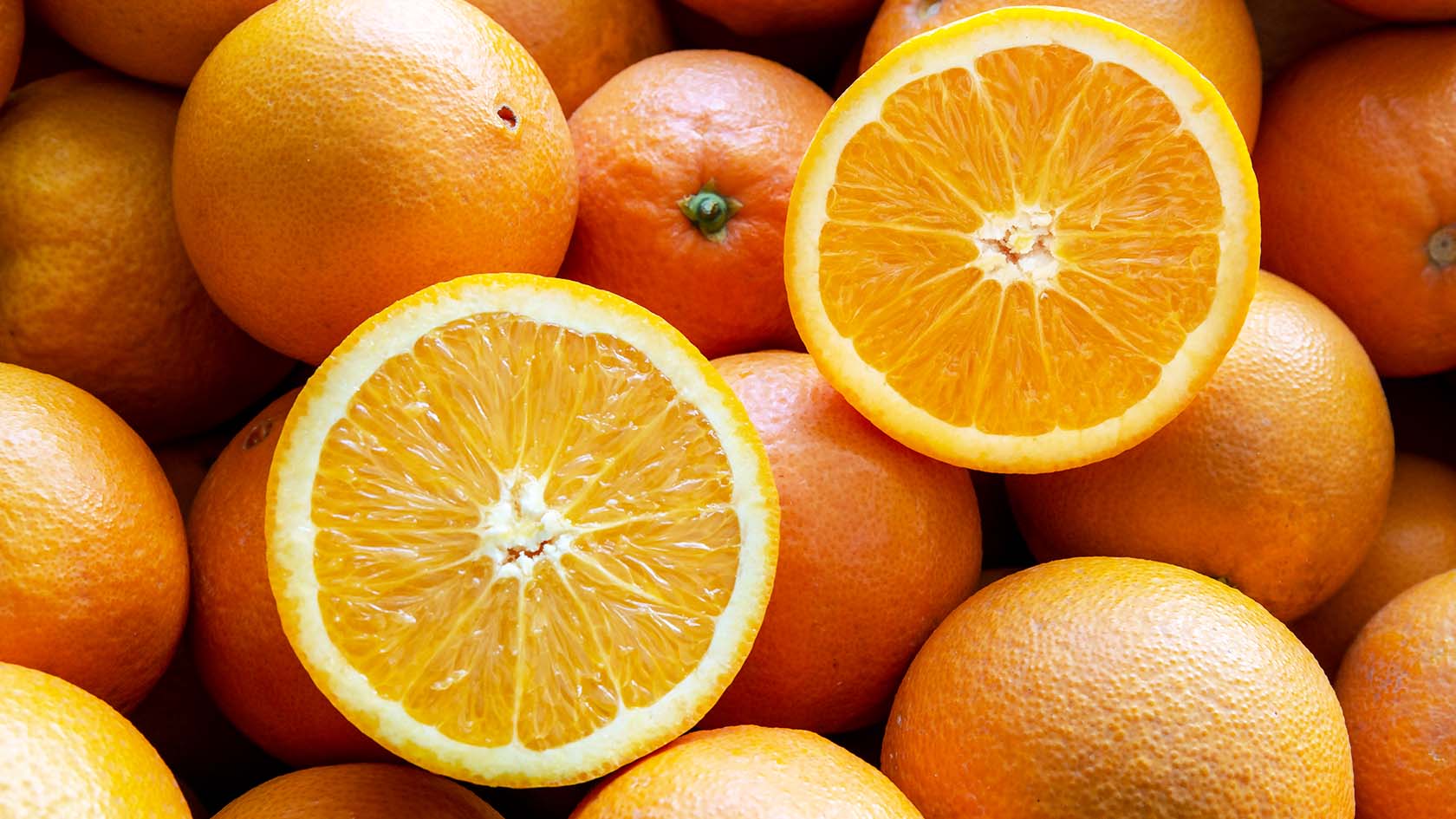 Benefits of grafting
The comparison between sweet and bitter species showed that the trees producing sweet fruits are more
sensitive to diseases affecting the radicular system. Due to this, grafting is a very common practice in
orange farms. There are more than 12 kinds of citrus used as a rootstocks that farmers can choose
according to the local climate and soil factors of their plantations. This technic allows also to avoid
diseases present in a specific geographic area. To initiate the grafting process, it is recommended to
wait until spring. When the tree is entering again to the active growing season is the best time to cut
and insert grafts.
Yield and profitability
Benefits of grafting
The comparison between sweet and bitter species showed that the trees producing sweet fruits are more
sensitive to diseases affecting the radicular system. Due to this, grafting is a very common practice in
orange farms. There are more than 12 kinds of citrus used as a rootstocks that farmers can choose
according to the local climate and soil factors of their plantations. This technic allows also to avoid
diseases present in a specific geographic area. To initiate the grafting process, it is recommended to
wait until spring. When the tree is entering again to the active growing season is the best time to cut
and insert grafts.
Yield and profitability
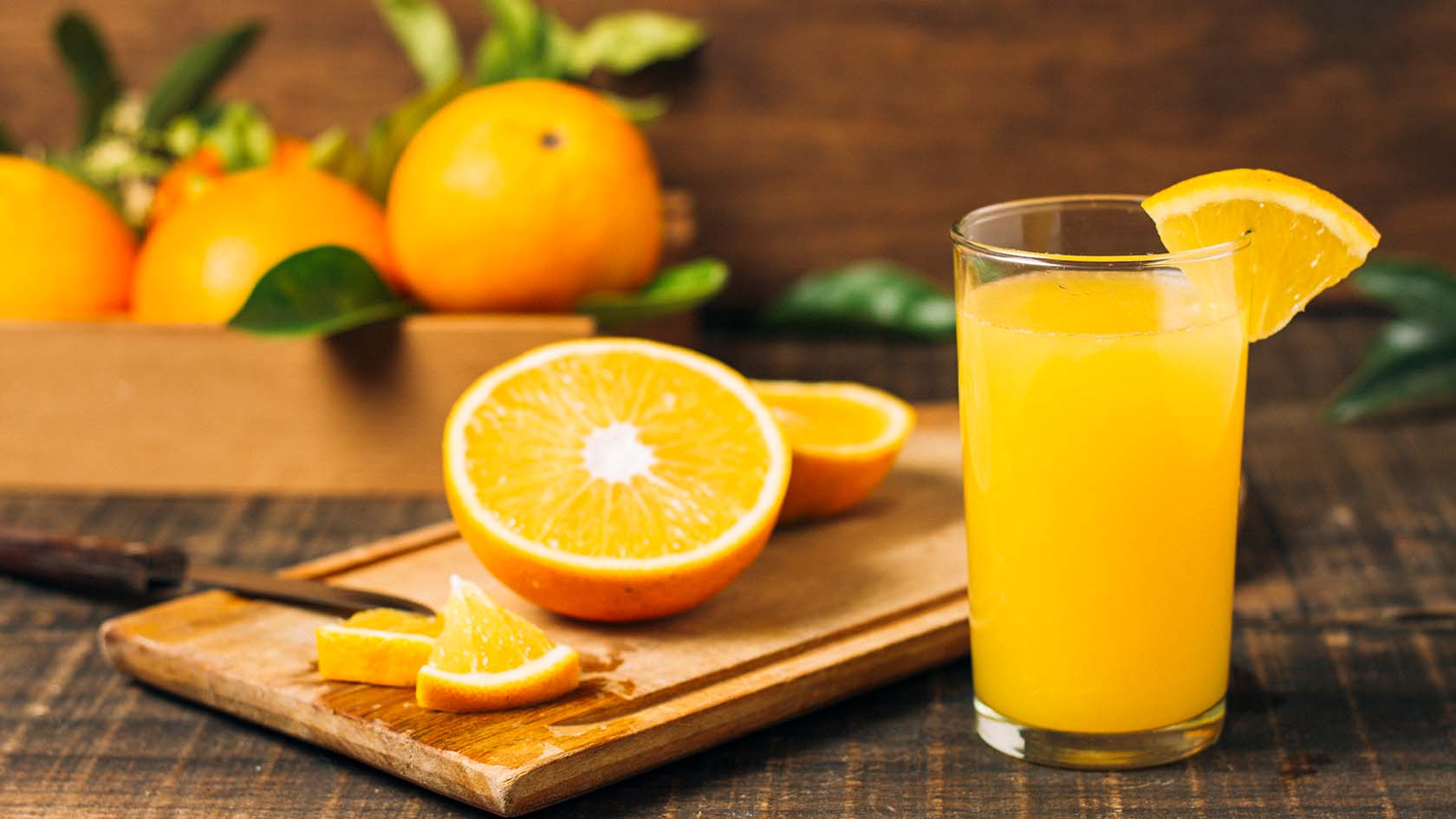 Even if experienced farmers can harvest between 400 to 600 oranges per tree, the average of fruits
produced by a healthy and mature tree is between 200 to 350 oranges. Each tree occupies approximately 6
x 6 meters, which means the recommended number of trees per hectare is 270. However, sacrificing the
proper space they need, in a dense planting system around 483 trees can be arranged in a single hectare.
In any case, in i-Plant Nutrition you will find the best fertilization program to maximise the
profitability of your plantation, to reach and even exceed the average yield of 22,900 kg per hectare.
Even if experienced farmers can harvest between 400 to 600 oranges per tree, the average of fruits
produced by a healthy and mature tree is between 200 to 350 oranges. Each tree occupies approximately 6
x 6 meters, which means the recommended number of trees per hectare is 270. However, sacrificing the
proper space they need, in a dense planting system around 483 trees can be arranged in a single hectare.
In any case, in i-Plant Nutrition you will find the best fertilization program to maximise the
profitability of your plantation, to reach and even exceed the average yield of 22,900 kg per hectare.
 The value of citrus appears in the first place of the international fruit trade. The technological
advances in the transport and storage of fruits, together with free trade, contributes positively to the
globalization of the citrus fruit industry. For the last decades, the production and trade of citrus
fruits have been especially increasing small fruits and oranges for the juice industry. Definitely, the
orange trees farm is a profitable crop with a wide growing demand.
The value of citrus appears in the first place of the international fruit trade. The technological
advances in the transport and storage of fruits, together with free trade, contributes positively to the
globalization of the citrus fruit industry. For the last decades, the production and trade of citrus
fruits have been especially increasing small fruits and oranges for the juice industry. Definitely, the
orange trees farm is a profitable crop with a wide growing demand.

